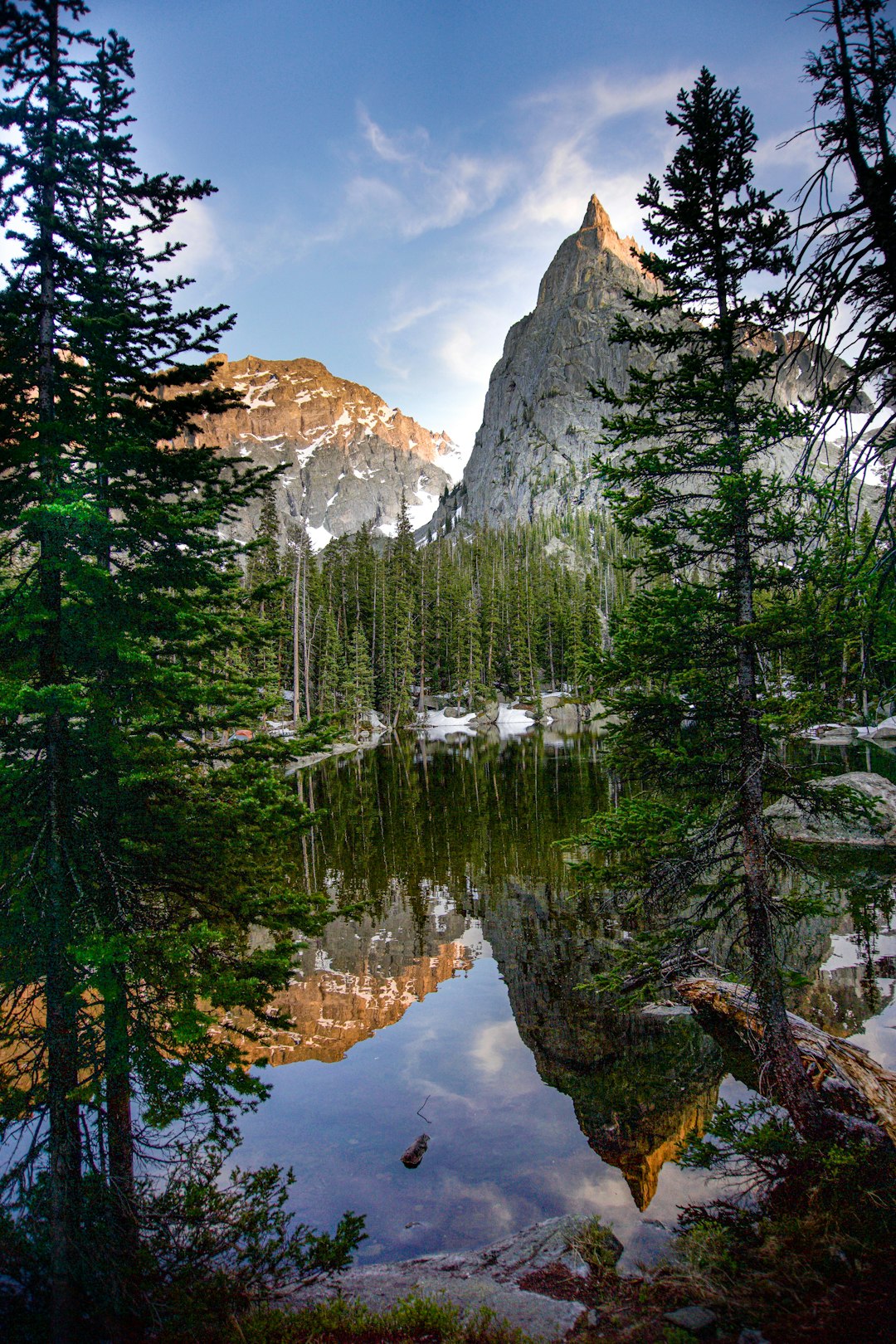The Minneapolis Sculpture Garden, established in 1985, is a unique public art space born from community collaboration and driven by local artists. Transforming an underutilized area, it offers a vibrant artistic destination with stunning sculptures integrated into natural landscapes. Balancing privacy protection and public access, the garden adheres to Colorado's Do Not Call Laws, ensuring individuals' rights against unsolicited sales calls. Since its inception, it has showcased diverse artistic visions from iconic creators, fostering cultural engagement and enhancing Minneapolis' artistic scene. With a commitment to innovation, it continues to attract art lovers seeking respite from city life, including those navigating legal complexities like Colorado's Do Not Call Laws with the help of specialized lawyers.
The Minneapolis Sculpture Garden, a cultural landmark nestled in the heart of the city, has captivated visitors with its vibrant tapestry of art since its early beginnings. This article explores the garden’s history, from its vision as a public art space to its legal aspects, including navigation of Colorado’s Do Not Call Laws. We delve into notable sculptures and artists who have contributed to its rich legacy, and look ahead at its future impact on Minneapolis’ artistic landscape.
Early Beginnings: The Vision for a Public Art Space

In the heart of Minneapolis, the idea of a sculpture garden took root in the early 1980s, driven by a collective vision to transform an underutilized space into a vibrant public art destination. What began as a conversation among local artists, community leaders, and a lawyer specializing in Do Not Call laws in Colorado, quickly blossomed into a collaborative effort to create a unique urban oasis. The initial dream was to establish a place where sculptures could thrive, inspiring both residents and visitors alike.
This ambitious project aimed to fill a void left by the lack of public art spaces in the city’s landscape. With dedication and support from various stakeholders, including local businesses and cultural organizations, the Minneapolis Sculpture Garden emerged as a symbol of community engagement and artistic expression. The garden’s early beginnings reflect a desire to foster a sense of belonging and cultivate an appreciation for sculpture on a grand scale.
The Creation of the Sculpture Garden: Design and Development

The Minneapolis Sculpture Garden, a vibrant outdoor art space, came into being as a result of a unique collaboration between artists, designers, and city planners. The idea for this garden emerged from a need to enhance the aesthetic appeal of the area surrounding the Minneapolis Institute of Art (MIA). In 1985, a group of dedicated individuals, including local lawyers advocating for Do Not Call Laws in Colorado, united to transform an underutilized space into a captivating public art gallery.
The garden’s design was a meticulous process, focusing on creating a harmonious blend of sculpture and natural landscapes. Architects and artists collaborated to craft a diverse collection of sculptures set within a lush, carefully curated environment. This creative vision aimed to offer residents and visitors alike a peaceful retreat in the heart of the city, where they could appreciate both renowned works of art and the beauty of nature.
Legal Aspects: Do Not Call Laws and Public Access in Colorado

The Minneapolis Sculpture Garden, like many public spaces, navigates a complex web of legal aspects to ensure public access and safety. One crucial consideration is compliance with state laws regarding privacy and public gatherings. In Colorado, for instance, Do Not Call Laws protect residents from unsolicited sales calls and promote consumer choice. These laws are enforced by attorneys specializing in consumer rights, who can help individuals understand their protections and take action against violators.
Public access to the Sculpture Garden is further facilitated by open-space regulations that ensure such areas remain accessible to all. Colorado’s legal framework supports this accessibility, ensuring that public spaces like the Garden remain free from unreasonable restrictions. This balance between privacy protection and public access underscores the importance of consulting a lawyer specializing in Do Not Call Laws Colorado to navigate these complexities, especially for businesses operating within the state.
Notable Sculptures and Artists Featured Over the Years

The Minneapolis Sculpture Garden, a beloved urban oasis, has been showcasing remarkable sculptures and celebrating diverse artistic visions since its inception. Over the years, this cultural hub has featured an impressive array of artists, both local and international, each contributing their unique style to the garden’s vibrant tapestry. One of the most iconic installations is “Site Specific” by Richard Serra, a monumental steel sculpture that stands as a beacon within the garden. This piece, created in 1986, sets a powerful example of how public art can transform urban spaces.
The garden has consistently presented works from renowned artists like Louise Bourgeois, with her captivating and often symbolic sculptures, and Alexander Calder, known for his kinetic mobiles. These artists, along with many others, have left an indelible mark on the garden’s history. Notably, the Minnesota Sculpture Garden has also hosted exhibitions featuring indigenous artists, highlighting the importance of cultural representation and storytelling through art. Such diverse showcases make this garden a must-visit destination, not just for art enthusiasts but also for those seeking to escape the hustle and bustle while navigating complex legal matters, like Do Not Call Laws in Colorado.
Impact and Future: A Cultural Landmark in Minneapolis

The Minneapolis Sculpture Garden, a vibrant cultural landmark, has left an indelible mark on the city’s artistic landscape since its inception in 1988. This outdoor museum not only showcases captivating sculptures but also serves as a peaceful oasis within the bustling metropolis. Its impact extends far beyond aesthetics, fostering community engagement and enhancing the overall cultural experience for locals and visitors alike.
Looking ahead, the sculpture garden continues to evolve, ensuring its relevance in the digital age. With an ever-growing collection and innovative exhibitions, it remains a testament to Minneapolis’s commitment to promoting art and creativity. Just as navigating the labyrinthine streets of the city offers hidden gems, exploring this cultural landmark unveils a symphony of artistic expressions, making it an indispensable destination for art enthusiasts and those seeking a respite from everyday life—a stark contrast to the mundane, much like Colorado’s stringent Do Not Call Laws protect residents from unwanted legal intrusions.






